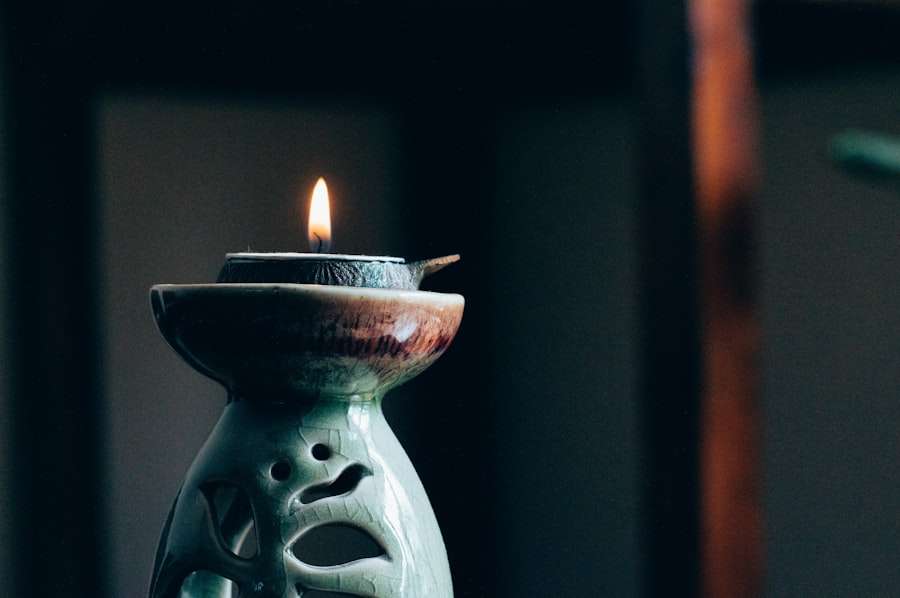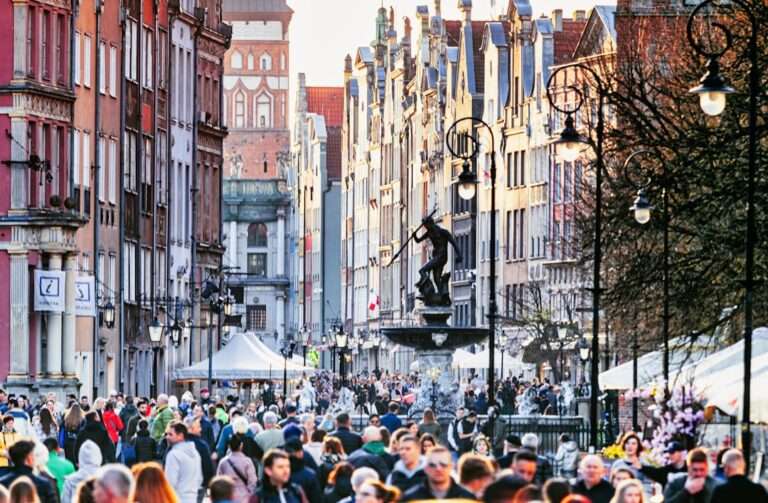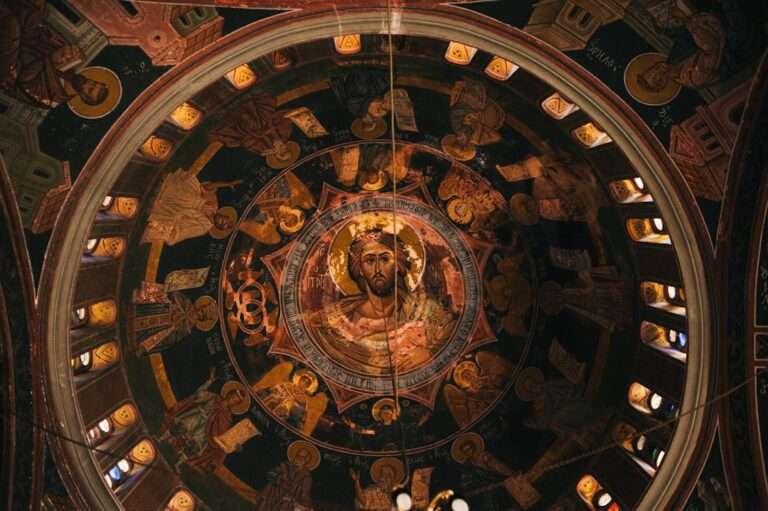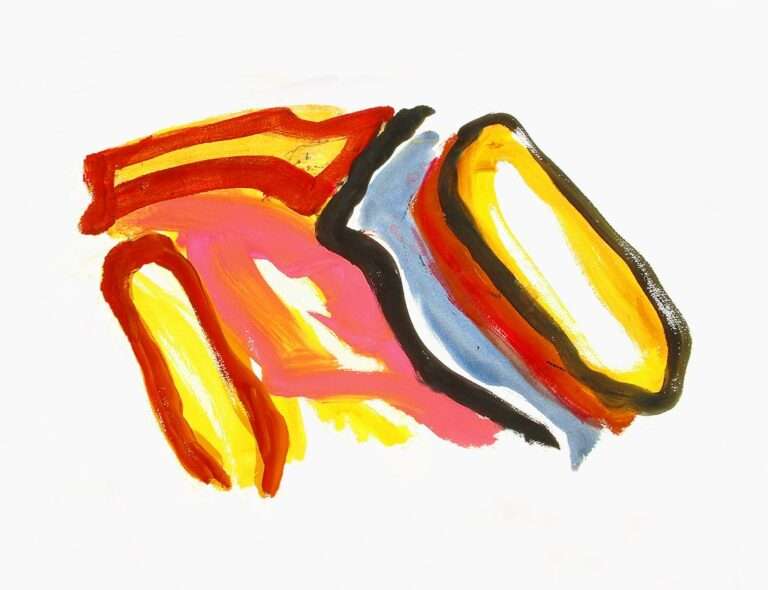What does the dreamcatcher symbolize in Native American culture?

The dreamcatcher originates from the Ojibwe (Chippewa) people, indigenous to North America. Ojibwe culture emphasizes a strong connection to nature and the importance of dreams. According to their tradition, the dreamcatcher was created by Asibikaashi, the Spider Woman, who was responsible for the people’s spiritual welfare.
As Ojibwe communities spread across North America, the dreamcatcher tradition expanded with them, becoming a widespread symbol of protection. Traditional dreamcatchers were constructed using a willow hoop, symbolizing the circle of life. The hoop contained a woven net or web made from natural materials such as sinew or plant fibers.
This web was designed to filter out negative dreams while allowing positive ones to pass through. Feathers were commonly attached to the bottom of the dreamcatcher, representing breath and air. It was believed that good dreams would travel through the web and down the feathers to reach the sleeper.
The use of natural materials in dreamcatchers reflects the Ojibwe people’s reverence for nature and their belief in its protective and guiding properties.
Key Takeaways
- Dreamcatchers originated with the Ojibwe people and spread to other Native American tribes
- They were traditionally used to protect people from bad dreams and negative energy
- Dreamcatchers are typically made with a willow hoop, sinew, and feathers, with a woven web in the center
- They are used in spiritual and healing practices, often hung above a person’s bed
- Commercialization and cultural appropriation of dreamcatchers have led to controversy and calls for respect and understanding of their cultural significance
Symbolism and significance in Native American culture
The Web of Protection
The web of the dreamcatcher is thought to act as a filter, trapping negative dreams and thoughts while allowing positive dreams to pass through. This web is often made from natural materials such as willow hoops and feathers, reflecting the Native American belief in the power of nature and the importance of living in harmony with the natural world.
Symbols of Breath and Life
The feathers attached to the bottom of the dreamcatcher symbolize breath and air, carrying good dreams to the dreamer as they sleep. The circular shape of the dreamcatcher represents the circle of life and the interconnectedness of all living things.
A Sacred Object of Unity and Strength
For many Native American tribes, the dreamcatcher is a sacred object used in spiritual ceremonies and rituals to promote healing, protection, and guidance. It is also seen as a symbol of unity and strength within the community, representing the interconnectedness of all living beings.
Traditional design and construction of dreamcatchers

The traditional design and construction of dreamcatchers are deeply rooted in Native American culture and spirituality. The process of making a dreamcatcher is considered a sacred and spiritual practice, with each element of the design holding symbolic significance. The first step in creating a dreamcatcher is to fashion a hoop using willow branches or other natural materials.
The circular shape of the hoop represents the circle of life and the interconnectedness of all living things. Once the hoop is formed, a woven net or web is created within the circle using natural materials such as sinew or plant fibers. The web is meant to capture negative dreams and thoughts while allowing positive dreams to pass through and reach the dreamer.
Feathers are then attached to the bottom of the dreamcatcher to symbolize breath and air, carrying the good dreams to the dreamer as they sleep. Each element of the dreamcatcher’s design is carefully chosen to reflect Native American beliefs and traditions, making it a powerful symbol of protection, healing, and spiritual guidance.
The role of dreamcatchers in spiritual and healing practices
In Native American culture, dreamcatchers play a significant role in spiritual and healing practices. They are believed to have the power to protect the dreamer from negative energy and promote positive energy and well-being. The woven net or web within the circular hoop is thought to act as a filter, trapping negative dreams and thoughts while allowing positive dreams to pass through and reach the dreamer.
This process is seen as a form of spiritual protection, ensuring that only good energy enters the dreamer’s subconscious mind. Dreamcatchers are also used in healing ceremonies and rituals within Native American communities. They are often hung above a person’s bed or in their home to provide spiritual protection and guidance.
In some traditions, dreamcatchers are used by healers to help individuals overcome negative energy or trauma by promoting positive energy and healing dreams. The feathers attached to the bottom of the dreamcatcher are thought to symbolize breath and air, carrying healing energy to the dreamer as they sleep. The use of dreamcatchers in spiritual and healing practices reflects their deep significance in Native American culture as powerful tools for promoting well-being and spiritual growth.
Cultural appropriation and commercialization of dreamcatchers
In recent years, there has been growing concern about the cultural appropriation and commercialization of dreamcatchers. The widespread popularity of dreamcatchers has led to their mass production and sale by non-Native individuals and companies, often without proper respect for their cultural significance. This has raised important questions about cultural appropriation and the exploitation of Native American traditions for profit.
The commercialization of dreamcatchers has led to their widespread use as decorative items without an understanding of their true cultural significance. Many mass-produced dreamcatchers lack the traditional craftsmanship and spiritual meaning that are integral to their original purpose in Native American culture. This has led to criticism from Native American communities who feel that their sacred traditions are being exploited for commercial gain.
It is important for individuals and companies to approach the creation and sale of dreamcatchers with respect for their cultural significance and to support Native artisans who create them with traditional methods and materials.
Contemporary interpretations and uses of dreamcatchers

The Enduring Significance of Dreamcatchers
Despite concerns about cultural appropriation, dreamcatchers continue to hold significance for many people around the world. In contemporary society, they are often used as decorative items in homes, offices, and other spaces as a way to promote positive energy and well-being. Many individuals are drawn to the symbolism of the dreamcatcher as a talisman for protection and guidance, regardless of their cultural background.
Dreamcatchers in Spiritual Practices
In addition to their decorative use, some individuals incorporate dreamcatchers into their spiritual practices as a way to promote healing and positive energy. They may hang them above their beds or in meditation spaces as a form of spiritual protection.
Creating Dreamcatchers with Cultural Significance
Some people also choose to create their own dreamcatchers using traditional methods and materials as a way to honor their cultural significance and connect with their spiritual meaning.
The importance of respecting and honoring the cultural significance of dreamcatchers
As we continue to appreciate the beauty and symbolism of dreamcatchers, it is essential to respect and honor their cultural significance. This means understanding their origins in Native American culture and recognizing their role as sacred objects with deep spiritual meaning. It also means supporting Native artisans who create dreamcatchers using traditional methods and materials.
When purchasing or using a dreamcatcher, it is important to consider its cultural significance and approach it with respect for its origins. This includes seeking out authentic handmade dreamcatchers created by Native artisans who uphold traditional craftsmanship and spiritual meaning. By doing so, we can ensure that we are honoring the cultural significance of dreamcatchers while appreciating their beauty and symbolism.
In conclusion, the dreamcatcher holds a special place in Native American culture as a symbol of protection, healing, and spiritual guidance. Its origins are deeply rooted in Ojibwe legend, with a rich history that reflects the interconnectedness of all living things. While concerns about cultural appropriation and commercialization persist, it is important for individuals to approach dreamcatchers with respect for their cultural significance and support Native artisans who create them with traditional methods and materials.
By doing so, we can honor the sacred traditions behind this powerful symbol while appreciating its beauty and symbolism in contemporary society.
FAQs
What is a dreamcatcher?
A dreamcatcher is a handmade object that originated from the Ojibwe (Chippewa) people. It consists of a woven net or web, often made from willow hoops and sinew, with feathers and beads attached.
What does the dreamcatcher symbolize in Native American culture?
In Native American culture, the dreamcatcher is believed to act as a protective charm that filters out bad dreams and allows only good dreams to pass through to the sleeper. It is also seen as a symbol of unity and strength within the community.
What is the significance of the feathers and beads on a dreamcatcher?
The feathers on a dreamcatcher are believed to help the good dreams reach the sleeper, while the beads are said to represent the spider that weaves the web, as well as the different elements of life.
Are dreamcatchers considered sacred objects in Native American culture?
Yes, dreamcatchers are considered sacred objects in Native American culture. They are often used in ceremonies and rituals, and their creation involves traditional methods and materials that hold spiritual significance.





